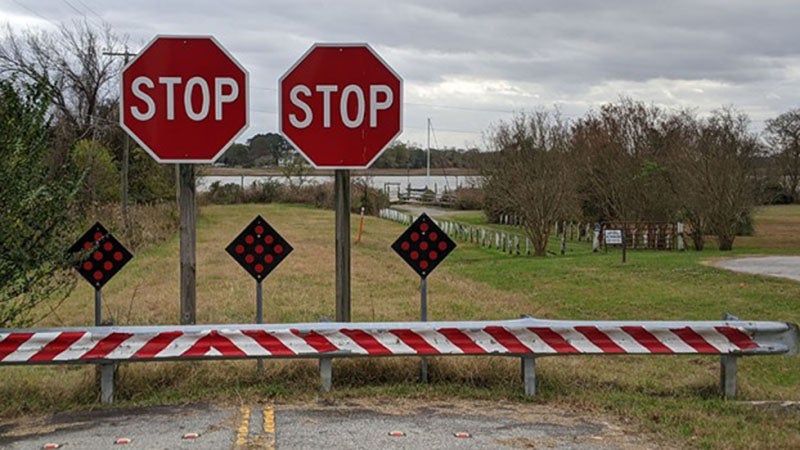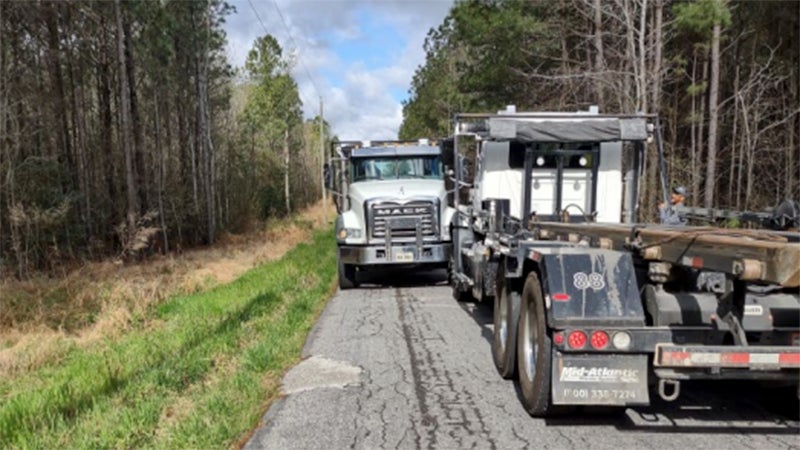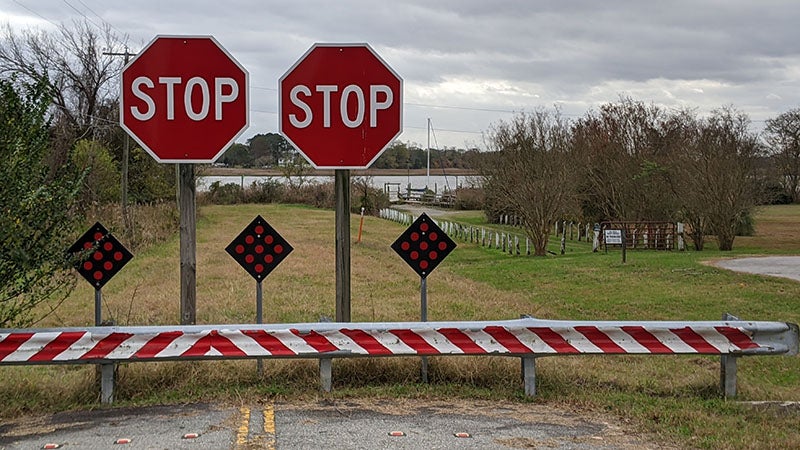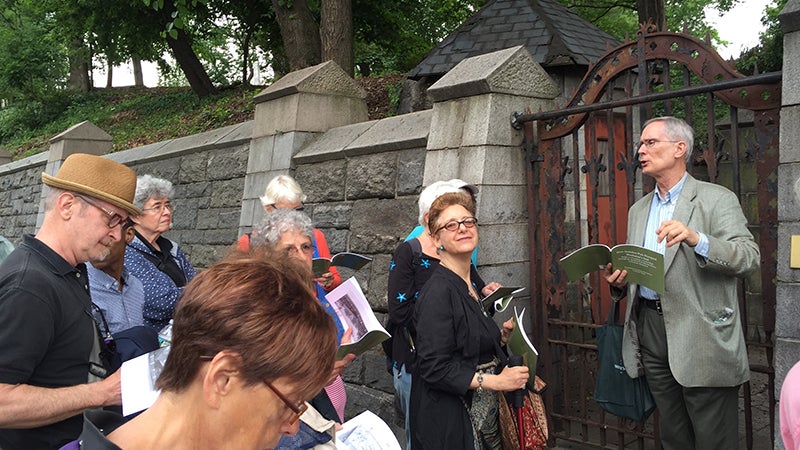Former ‘haunted house’ being dismantled
Published 10:18 pm Friday, August 31, 2012

The Spady House in Chuckatuck is being dismantled. The building is fondly remembered by many as a haunted house at Halloween, a role it assumed for 15 days a year between 1995 and 2006. Materials from the building will be recycled to patch other historic structures in the area, Lee Duncan said.
The restless spirits of Chuckatuck will have to find a new home — an early 1800s building often recalled as Spooky Acres Haunted House is being laid to rest via dismember… er, dismantlement.
From 1995 to 2006, the old house on Godwin Boulevard, opposite Gwaltney Store, transform into a haunted mansion during October.
Husband and wife Darren and Paige Barton, along with scores of volunteers over the years, were responsible for the annual house of horrors conversion.
Fog crept through the floorboards and skeletons leapt from corners. A torso chopped off at the waist, hanging from a cross, startled even the stoutest of hearts. From the darkness would emerge various hideous apparitions.
Portsmouth’s Chris Davis volunteered as one of the house’s ghouls for three years. “It was a perfect haunted house,” he said. “People were afraid of it before they even stepped inside.”
Money raised from the Halloween tours was donated to the March of Dimes to fight premature birth.
The Bartons still raise money for the charity — alongside the Simon Youth Foundation these days — with a new haunted house at Chesapeake Square.
“It was the ultimate setting for a haunted house,” Paige Barton said of Spady House, as historians know the building. “Just the crappy condition of the house itself; the whole place. The broken plaster and the inside where the slats came through, and we put lights behind to shine through.”
Lee Duncan, an Isle of Wight County Historical Society member, has volunteered to tear the house down.
Working intermittently, he started mid-July and hopes to finish mid-September.
While Spady House will vanish, its materials, which Greater Chuckatuck Historical Foundation member Drexel Bradshaw says are fundamentally still in good condition, will be recycled to fix other historic buildings.
Smithfield’s Elks Lodge is one building set to benefit from the demise of Spady House, Duncan said.
Studs, rafters, windows, roofing and baseboards are among various parts of the house that are salvageable, he said.
“Everything that can be reused will be reused – that is the goal.”
Reconstructing the house in its entirety elsewhere would have been preferable to cannibalization, he added, but the cost was prohibitive. “The next best thing is to reuse it,” he said.
Bradshaw said that the Chuckatuck foundation looked at saving the building, which a team of architects from Colonial Williamsburg surveyed earlier in the year.
“We tried, but apparently they were just more interested in getting rid of it,” he said.
“They didn’t want to spend the amount of money required to make it habitable … they didn’t have the will or deep-enough pockets to repair it.”
The building’s owner could not be reached for comment.
“The building itself, with a few exceptions, was in pretty good shape,” Bradshaw continued. “The roof and the porch and those things exposed to the weather deteriorated somewhat, but generally, the main part of the structure was pretty solid. That is the way they built them back then.”
Its Halloween heyday may have passed, but Spady House still managed a horrific surprise for its undertaker.
Duncan said the top floor was “encased with dead pigeons … and pigeon waste. There are tons of pigeon carcasses up there. ”
Many, especially the then-students who volunteered for the Bartons, are sorry to see the source of their nightmares go the eventual way of all old buildings.
“There have been a couple of young adults who have come by the house and asked, ‘Can I take a brick as a memento? I used to work there,’” Duncan said.
“I gave them a brick, of course.”






